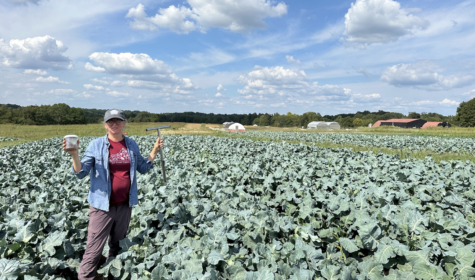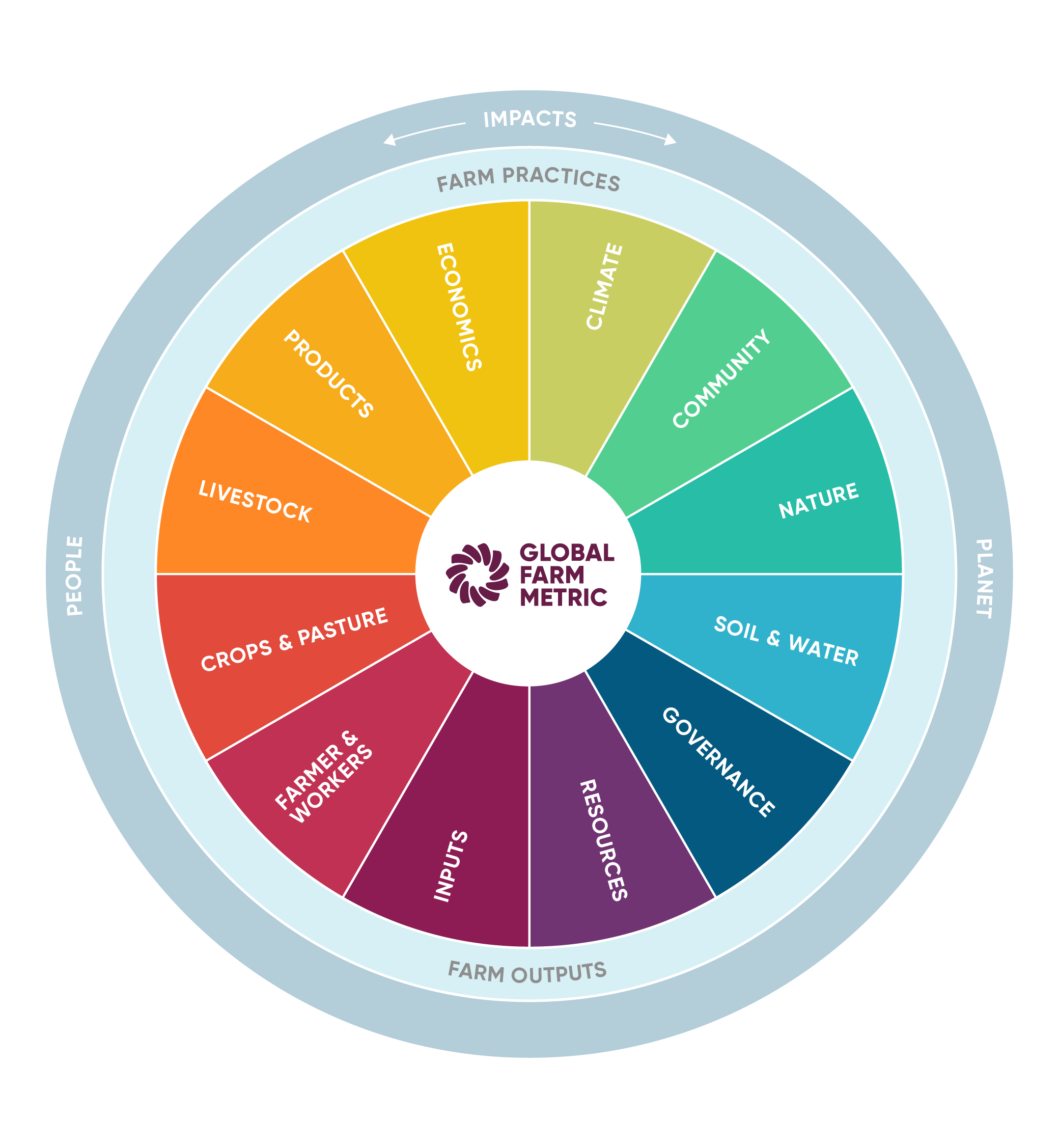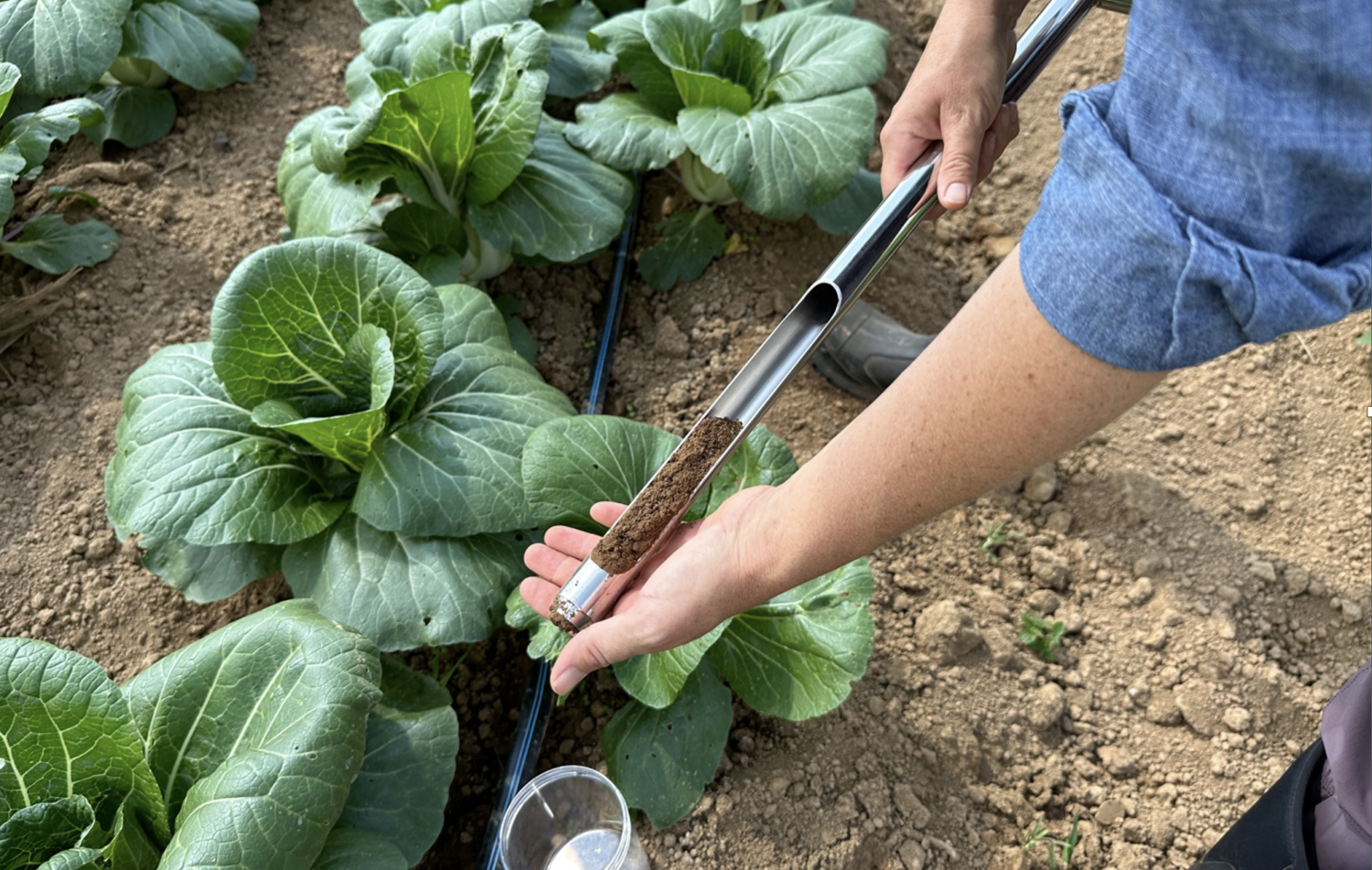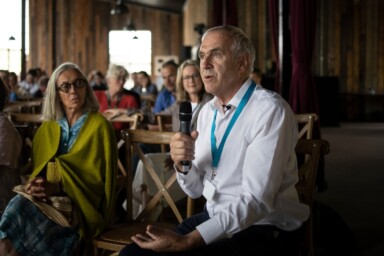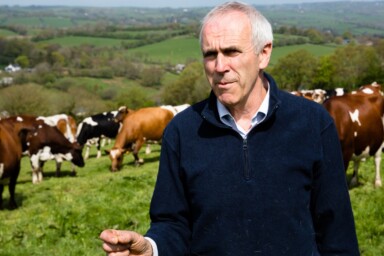The Global Farm Metric (GFM) was started by the Sustainable Food Trust (SFT) in 2016. Its roots lie in the SFT’s work on true cost accounting which is all about assessing the real costs and benefits of different food production systems and supporting farmers to adopt more sustainable practices. After rigorous development of the GFM framework, it is now being tested on farms around the world to ensure that it is useful for farmers everywhere. Here, the GFM trials team share some of their latest news, including the launch of a five-year trials programme with hundreds of farmers in the US state of Kentucky.
The Global Farm Metric (GFM) team is excited to share the news that our partners in the US, the Organic Association of Kentucky (OAK), have signed a contract with the United States Department of Agriculture (USDA) to trial the GFM with up to 110 farmers per year for five years. The ambition is that the ‘farm sustainability assessment tool’, based on the GFM and developed by OAK in collaboration with the SFT, will help to reward farmers for adopting more sustainable farming practices.
Brooke Gentile, Executive Director of OAK says, “We have an incredible opportunity to deliver significant technical assistance and incentive payments to enrolled farmers to get soil health and conservation practices implemented. We also have the space to think collaboratively and creatively about unique and lasting market development opportunities for climate-verified products.”
The GFM research team have worked closely with OAK over the past 18 months to adapt the assessment for US farming systems, which OAK piloted with a handful of farmers earlier this year. We are now taking it to scale and connecting with others in the food system.
